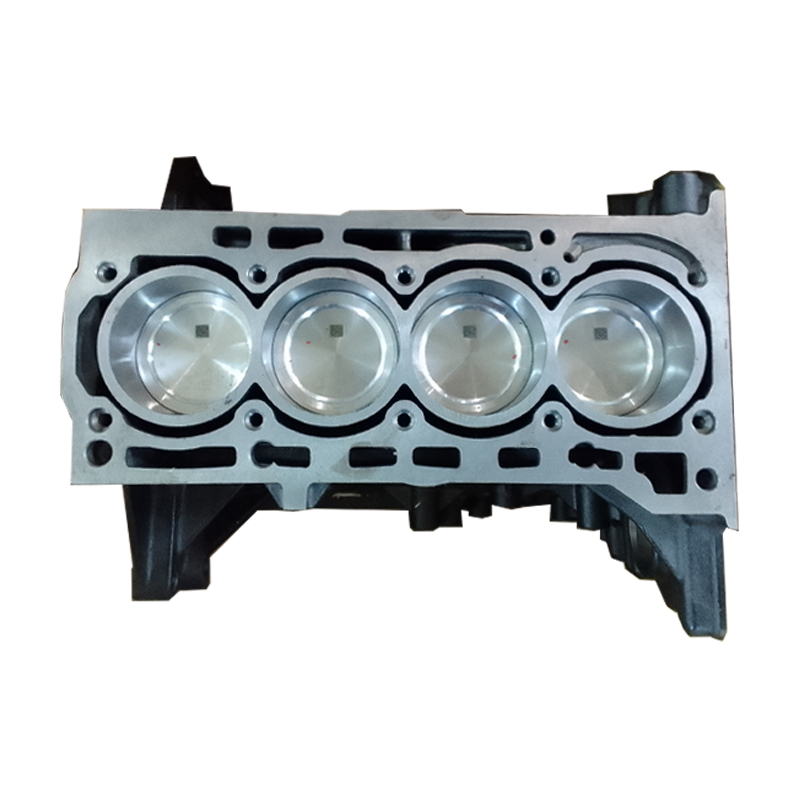Prolong the lifespan of your clp engine with regular care.
Prolong the lifespan of your clp engine with regular care.
Blog Article
Exactly How a Clp Engine Can Boost Efficiency in Numerous Industries
The introduction of CLP engines notes a significant change in operational efficiency across numerous fields, driven by their ability to enhance gas usage and decrease downtime. Industries such as production and logistics stand to get substantially from their durable design and consistent power result, which assure to streamline procedures and boost productivity. As companies progressively focus on sustainability along with efficiency, the function of CLP engines ends up being even more critical. What stays to be seen is how these improvements will certainly shape the future landscape of commercial operations and their influence on wider financial trends (clp engine).
Introduction of CLP Engines
CLP engines, or Continuous Fluid Propellant engines, represent a considerable innovation in propulsion technology, particularly for space applications. These engines utilize a continual feed system that permits for the sustained expulsion of propellant, resulting in improved efficiency and efficiency contrasted to conventional strong or hybrid propulsion systems. By preserving a constant circulation of fluid propellant, CLP engines can accomplish much more exact thrust control, which is important for maneuvering spacecraft in various mission scenarios.
The style of CLP engines integrates innovative materials and cutting-edge fuel administration systems. clp engine. This causes decreased weight and boosted dependability, necessary factors for long-duration area goals. Furthermore, the continual operation minimizes the danger of burning instability, a typical difficulty in traditional rocket engines.

Benefits in Production
The manufacturing of Continuous Liquid Propellant (CLP) engines presents numerous significant advantages that enhance both efficiency and cost-effectiveness. Among the primary advantages is the structured production process, which decreases the complexity related to standard propulsion systems. By utilizing fluid propellant, suppliers can achieve greater accuracy in engine efficiency, bring about maximized energy output and decreased waste.
In addition, CLP engines assist in a greater degree of modularity, enabling for much easier combination right into various production lines. This flexibility can significantly decrease preparations and boost total functional flexibility. The use of CLP technology additionally often tends to reduce the requirement for comprehensive upkeep because of less relocating components, which translates right into reduced downtime and functional expenses.

Applications in Logistics
Leveraging Constant Liquid Propellant (CLP) engines in logistics provides considerable advantages in functional performance and reliability. These engines provide a robust remedy for numerous transportation needs, enabling the seamless movement of products across vast ranges. The inherent layout of CLP engines permits constant power output, which translates right into smoother and a lot more predictable transportation schedules.
One of the key applications of CLP engines in logistics is in sturdy freight transportation, where they can drive both ground and airborne vehicles. Their ability to maintain high efficiency under differing lots problems makes certain that shipment timelines are met, consequently improving client fulfillment. Additionally, CLP engines can be integrated right into automated logistics systems, helping with real-time tracking and optimizing course planning.
Additionally, the resilience of CLP engines lowers upkeep downtime, permitting logistics business to websites maximize their operational capacities. This is especially beneficial in warehousing procedures, where effectiveness in dealing with and transferring products is important. As logistics proceeds to progress, the assimilation of CLP engines represents a forward-thinking method that not just boosts performance but also sustains the industry's growing demands for integrity and speed.
Effect On Energy Performance
Exactly How do Constant Liquid Propellant (CLP) engines boost energy effectiveness in transportation? CLP engines make use of a constant circulation of fluid fuel, maximizing combustion processes and preserving a secure thrust result. This layout minimizes energy losses connected with typical burning engines, where fuel delivery can vary and cause inadequacies.
The continuous procedure of CLP engines permits a much more effective thermal cycle, resulting in greater specific impulse compared to conventional engines. clp engine. This translates to decreased fuel intake for the same amount of job done, significantly lowering operational costs across various transportation fields, including air travel and maritime markets
Additionally, the capacity of CLP engines to maintain ideal efficiency under varying load problems lowers the need for frequent velocity and deceleration, further improving gas effectiveness. Improved energy efficiency not just contributes to set you back savings yet also brings about lower greenhouse gas emissions, straightening with worldwide sustainability goals.
Future Trends and Innovations
Emerging improvements in Constant Liquid Propellant (CLP) engine innovation assurance to reinvent the landscape of transport effectiveness and sustainability. As markets pivot towards greener alternatives, CLP engines stand at the center, incorporating cutting-edge products and style approaches that enhance efficiency while lessening ecological impact.
Among one of the most appealing fads is the adoption of crossbreed systems that incorporate CLP engines with renewable resource resources. This harmony can maximize fuel intake and minimize emissions, aligning with global sustainability objectives. Additionally, improvements in computational liquid dynamics (CFD) are assisting in the design of more aerodynamically effective engines, leading to minimized drag and boosted fuel efficiency.
In addition, the development of smart surveillance systems is readied to enhance functional effectiveness. These systems leverage data analytics and IoT modern technology to enhance engine efficiency in real-time, guaranteeing that the engines operate within their most reliable specifications.
As study remains to check out alternative propellant formulations-- such as biofuels and synthetic fuels-- the future of CLP engines looks appealing. By harnessing these developments, industries can not just boost their efficiency but additionally contribute significantly to a cleaner, extra lasting future in transportation.
Verdict
To conclude, CLP engines stand for a substantial advancement in performance across multiple markets. Their ability to maximize gas usage and decrease operational costs, combined with a constant feed system, boosts power result and functional integrity. The assimilation of sophisticated materials and less moving parts get more decreases upkeep needs, while positioning with sustainability objectives positions CLP engines as a critical innovation for the future. Continued innovation in this area Click Here assures more enhancements in effectiveness and environmental efficiency.
Report this page